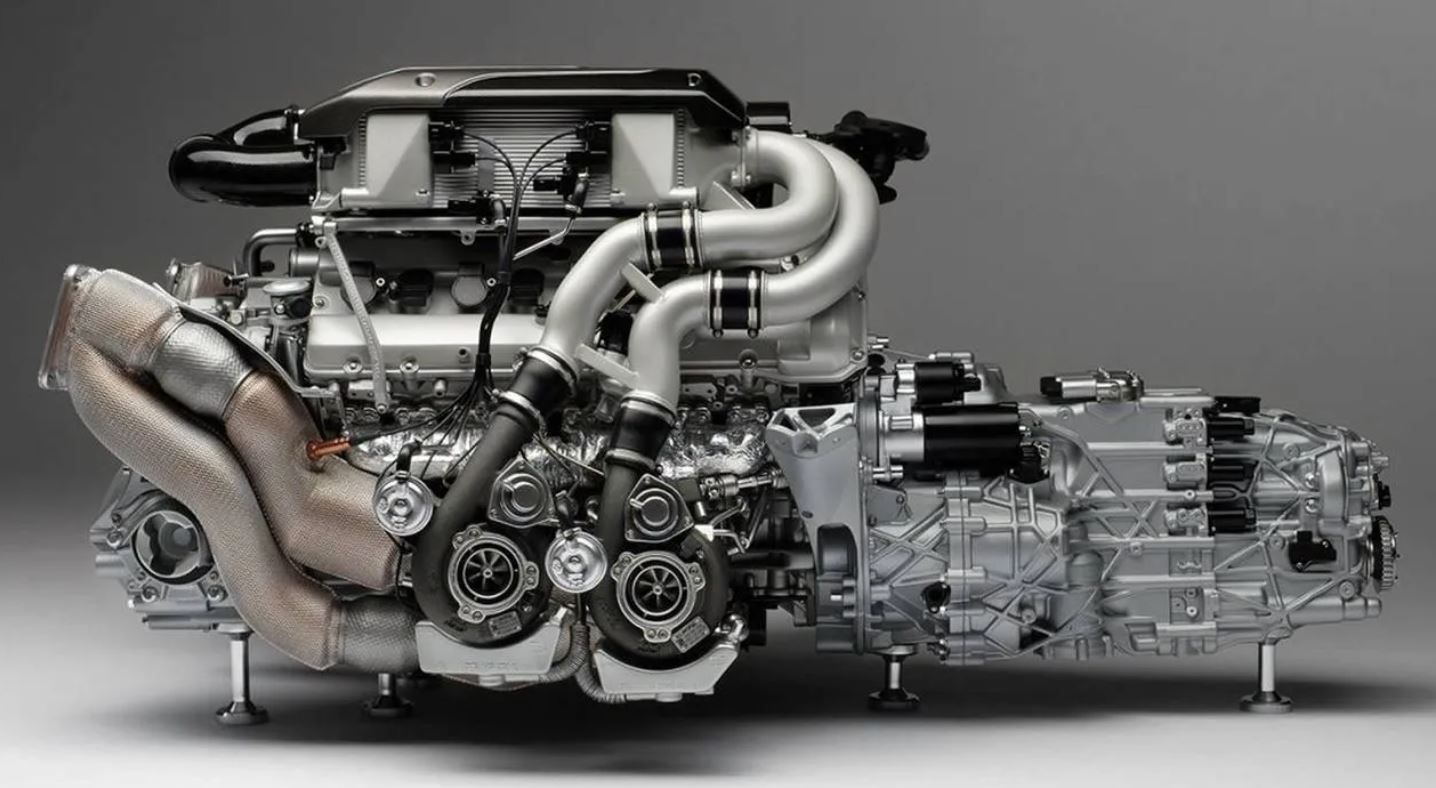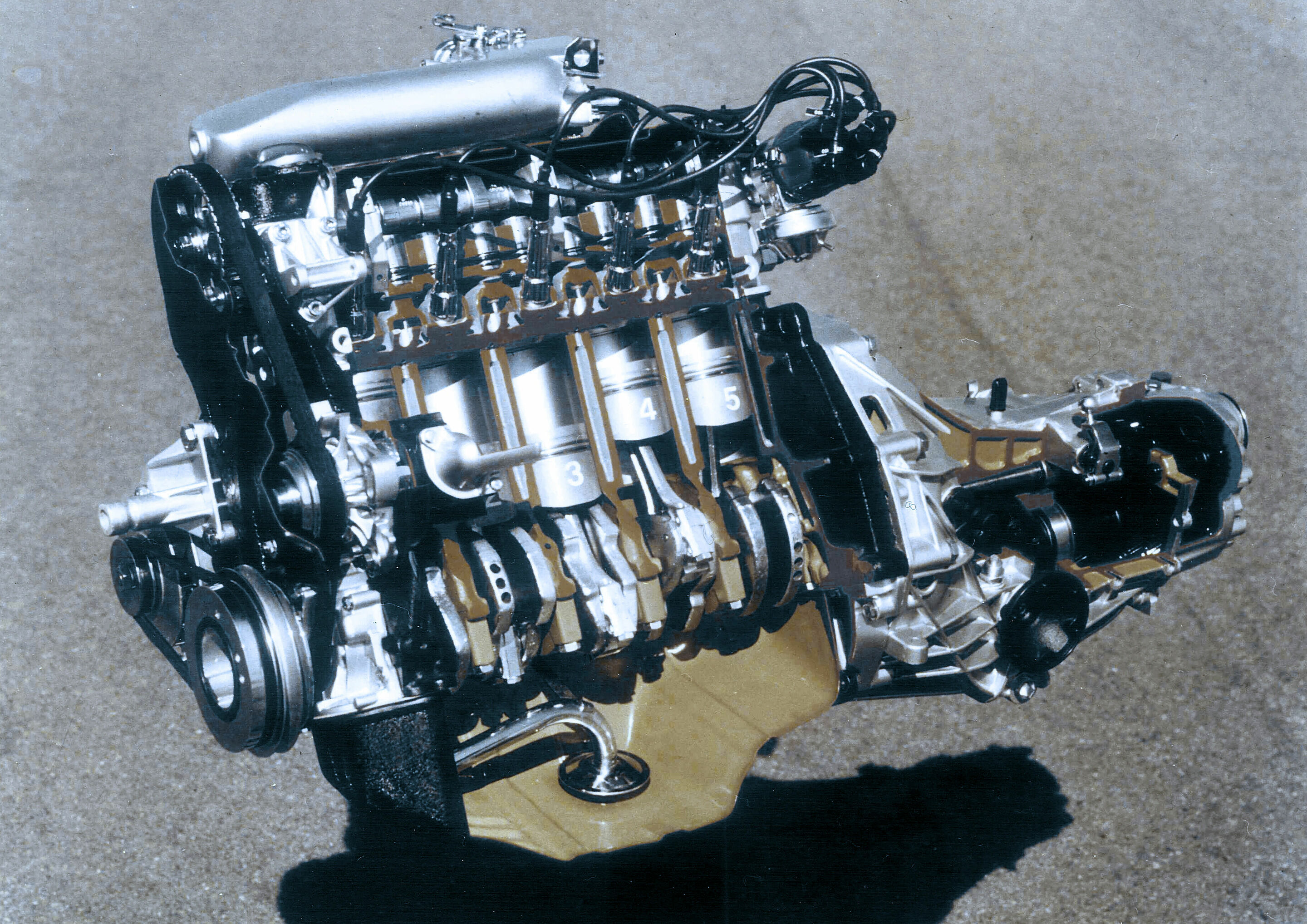The Advancement of High-Performance Automotive Powerplants: A Thorough Introduction of Cutting-Edge Engine Technologies in the Modern Automotive Market
The mission for more efficient, effective, and environmentally mindful engines has led to a myriad of advancements that have reshaped the means we think concerning automotive power. From turbocharging developments to the seamless assimilation of hybrid powertrains, the world of high-performance engine technologies continues to press boundaries and redefine possibilities.
Turbocharging Technologies
The evolution of high-performance vehicle powerplants has actually been significantly influenced by continuous innovations in turbocharging technologies. Turbocharging has revolutionized the automobile industry by providing an extra reliable methods of enhancing engine power output without substantially raising engine variation. By utilizing exhaust gases to drive a turbine that compresses the incoming air right into the engine, turbochargers properly enhance the air-fuel combination's thickness, resulting in enhanced combustion and higher horsepower degrees.
Among the vital improvements in turbocharging modern technology is the development of variable geometry turbos (VGTs) or variable nozzle generators (VNTs) These systems enable more precise control over boost levels, reducing turbo lag and improving engine reaction across a larger series of RPMs. Furthermore, twin-scroll turbochargers have actually come to be preferred in high-performance applications as a result of their capacity to different exhaust pulses for far better power use.
Crossbreed Powertrain Combination
Continuing the trajectory of technological developments in automobile powerplants, the combination of hybrid powertrains marks a significant change in the direction of improving both effectiveness and performance in modern lorries. Crossbreed powertrains integrate conventional internal burning engines with electrical motors, permitting improved fuel economic situation, minimized discharges, and enhanced power output (engines for africa). By seamlessly mixing the staminas of both source of power, crossbreeds use a flexible solution that satisfies varying driving problems and needs
One key benefit of hybrid powertrain integration is the capacity to recapture power during stopping or cruising, keeping it in the car's battery for later usage. This regenerative braking attribute not only enhances performance but additionally contributes to extending the total range of the lorry. The instant torque shipment of electrical motors matches the power distribution of interior burning engines, resulting in enhanced acceleration and responsiveness.
Car manufacturers are continually fine-tuning crossbreed powertrain technologies, intending to strike an equilibrium between performance and sustainability. engines for africa. As customer need for eco-friendly yet powerful automobiles expands, the integration of hybrid powertrains is positioned to play a crucial role fit the future of vehicle propulsion systems

Advanced Gas Shot Equipments
With innovations in automotive technology, the implementation of advanced fuel injection systems has actually revolutionized the efficiency and performance of modern vehicles. These cutting-edge gas distribution systems have actually changed standard carburetors because of their remarkable precision in delivering fuel to the engine. Straight gas injection, where fuel is sprayed straight right into the combustion chamber, enables for better control over fuel-air mixture, causing boosted power result and fuel efficiency.
Among the vital advantages of sophisticated fuel shot systems is their capability to adapt to varying motoring conditions in real-time. This adaptability makes certain optimum engine performance throughout various circumstances, whether it be during hostile acceleration or cruising at a constant speed. Additionally, modern-day fuel injectors are designed to atomize gas a lot more effectively, advertising cleaner combustion and reducing unsafe discharges.
Additionally, progressed fuel shot systems play an important role in Check This Out making it possible for the application of various other cutting-edge engine modern technologies, such as turbocharging and variable shutoff timing, further boosting the general power and efficiency of high-performance automotive powerplants.
Performance-Enhancing Electronics

One trick technology that exhibits this is the Electronic Control System (ECU), which functions as the brain of the engine administration system. The ECU procedures real-time data from different sensing units to exactly regulate ignition timing, gas shot, and various other critical parameters, resulting in improved power delivery and fuel efficiency. Additionally, technologies like variable shutoff timing (VVT) and electronic throttle control (ETC) further add to making the most of engine performance by readjusting shutoff opening times and throttle feedbacks based on driving problems.
In addition, performance-enhancing electronic devices allow attributes such as launch control, traction control, and adaptive shock absorber, enhancing both the driving experience and overall car efficiency. The continual development and integration of these innovative digital systems remain to push the borders of auto design, resulting in a lot more powerful, effective, and highly progressed high-performance lorries.
Future Patterns in Engine Advancement
As automobile powerplants development with the assimilation of performance-enhancing electronic devices, the trajectory of engine development is positioned to accept future fads that will redefine the landscape of high-performance vehicles. One famous pattern on the horizon is the ongoing downsizing of engines without endangering power output. This downsizing is achieved through innovations like turbocharging and electrification, enabling smaller sized engines to supply the efficiency of bigger ones while boosting fuel effectiveness.
An additional essential pattern is the enhancing fostering of hybrid powertrains in high-performance vehicles. Crossbreed systems combine inner combustion engines with electric motors to improve velocity and total efficiency while reducing emissions. In addition, developments in products science are driving the growth of lighter and stronger engine components, adding to enhanced efficiency and power-to-weight proportions.
Furthermore, the sector is relocating towards even more lasting practices, with a growing emphasis on alternative gas such as biofuels, hydrogen, and artificial fuels. These environment-friendly options not just lower the ecological influence of high-performance lorries but likewise provide possibilities for his response further improving engine efficiency. Generally, the future of engine development in the auto industry is characterized by efficiency, advancement, and sustainability.
Conclusion
To conclude, the automotive sector has seen significant improvements in high-performance engine modern technologies, consisting of turbocharging advancements, hybrid powertrain combination, advanced gas shot systems, and performance-enhancing electronics. These growths have revolutionized the capacities of modern powerplants, bring about enhanced efficiency, power outcome, and total performance of lorries. As innovation proceeds to develop, future patterns in engine advancement are expected to even more boost the efficiency and sustainability of vehicle powerplants.
Turbocharging has transformed the automotive industry by providing a more reliable methods of enhancing engine power output without considerably boosting engine variation.As vehicle powerplants advancement with the combination of performance-enhancing electronics, the trajectory of engine growth is poised to welcome future fads that will certainly redefine the landscape of high-performance automobiles. Overall, the future of engine development in the auto industry is defined by technology, sustainability, and effectiveness.
In verdict, the auto sector has actually seen significant developments in high-performance engine modern technologies, consisting of turbocharging developments, crossbreed powertrain combination, progressed fuel injection systems, and performance-enhancing electronic devices. As technology proceeds to evolve, future patterns in engine advancement are anticipated to better enhance the performance and sustainability of auto powerplants.